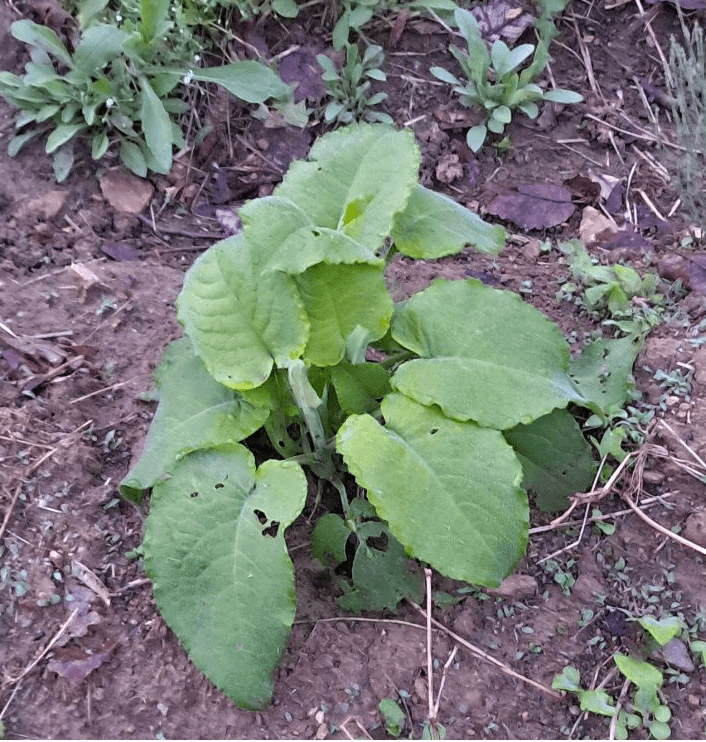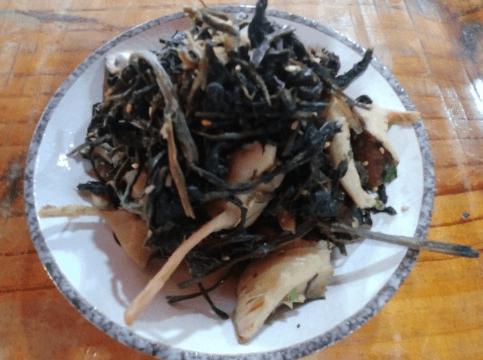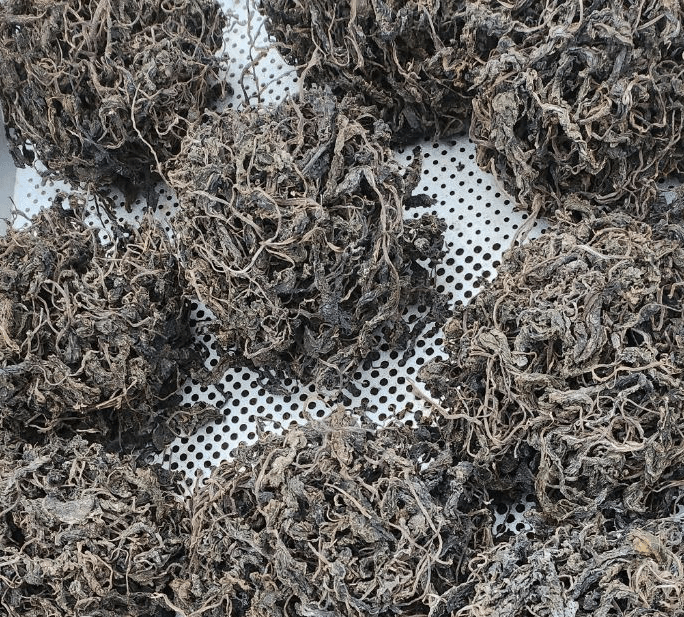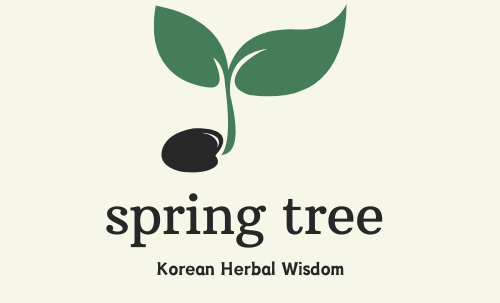“Explore the health benefits of gondre, a nutritious wild vegetable packed with vitamin A, iron, and calcium. Learn how to enjoy gondre rice, namul, and more for a healthy, flavorful meal!”

Health Benefits and Nutritional Value of Gondre(곤드레)
Gondre (Cirsium setidens) is a wild vegetable that has been cherished in Korean cuisine for centuries. It’s packed with vitamin A, iron, and calcium, making it great for skin health, bone strength, and preventing anemia. Gondre is also easy to digest, helping to improve digestion, while the antioxidants in it work to eliminate toxins and boost your immune system.
Gondre(곤드레) rice, traditionally made by mixing gondre leaves and stems with rice, was a hearty meal during tough times when food was scarce. Today, it’s enjoyed as a low-calorie health food, loved for its soft texture and mild flavor. Gondre is also rich in dietary fiber, which helps with digestive health and promotes a healthy gut. It’s easy to chew and swallow, making it a great choice for anyone looking for a nutritious yet light meal. Plus, the vitamin A in gondre supports skin and eye health, while the iron helps to prevent anemia.

Cooking Methods and Recipes for Gondre(곤드레)
There are many delicious ways to enjoy gondre, but the most popular is gondre rice. To make this dish, simply cook gondre leaves and stems with rice, and serve it with a simple sauce made from soy sauce, sesame oil, and minced garlic. It’s a nutritious and flavorful dish where the soft, slightly earthy taste of gondre blends perfectly with the rice, creating a healthy and comforting meal.
You can also make gondre namul by blanching the gondre and tossing it with sesame oil, soy sauce, and garlic for a simple yet nutrient-packed side dish. It’s low in calories, rich in vitamin A and calcium, and perfect for those looking to maintain bone health and support digestive health with its high fiber content.
Another great way to enjoy gondre is by drying it to make muk namul. After drying, the gondre can be soaked and used in stir-fries or soups. This method helps retain gondre’s dietary fiber and nutritional value, making it a healthy addition to various dishes. Muk namul is especially great because it helps with digestion and can be stored for longer periods while still offering plenty of health benefits.
Harvesting Period and Methods for Gondre
The best time to harvest gondre is between May and June, when the young leaves and stems are fresh and tender. This is when gondre is at its peak for cooking, offering the best flavor and nutrition. It grows naturally in mountains and fields across Korea, making it a sustainable wild vegetable that comes back each year.
Gondre’s leaves are oval or lance-shaped, growing to about 15 to 35 cm long. When harvested young, gondre provides the most vitamin A, iron, and calcium, which are essential for maintaining overall health. It’s best to gather gondre when it’s fresh and soft, ensuring the highest nutritional value.

Storage and Processing Methods for Gondre(곤드레)
While it’s best to eat fresh gondre right after harvesting, you can also dry it for long-term storage. Dried gondre retains most of its vitamins and minerals, and can be used in a variety of dishes like gondre soup, stir-fries, or even gondre rice. This makes it a versatile and nutritious ingredient to keep on hand.
You can also blanch gondre and store it in the refrigerator for a few days, keeping it fresh and ready to use in gondre rice or gondre namul. Dried gondre is particularly high in iron, making it great for anemia prevention, and it’s also rich in vitamin A, which supports skin health and protects your eyes.
With its soft texture and nutrient-rich profile, gondre has long been a beloved wild vegetable. Whether you enjoy it in gondre rice, as namul, or in soups, it offers a variety of ways to boost your health with its vitamin A, iron, and calcium. Harvest gondre in the spring and summer to enjoy its fresh, mild flavor and create a healthy, delicious meal for your table!
